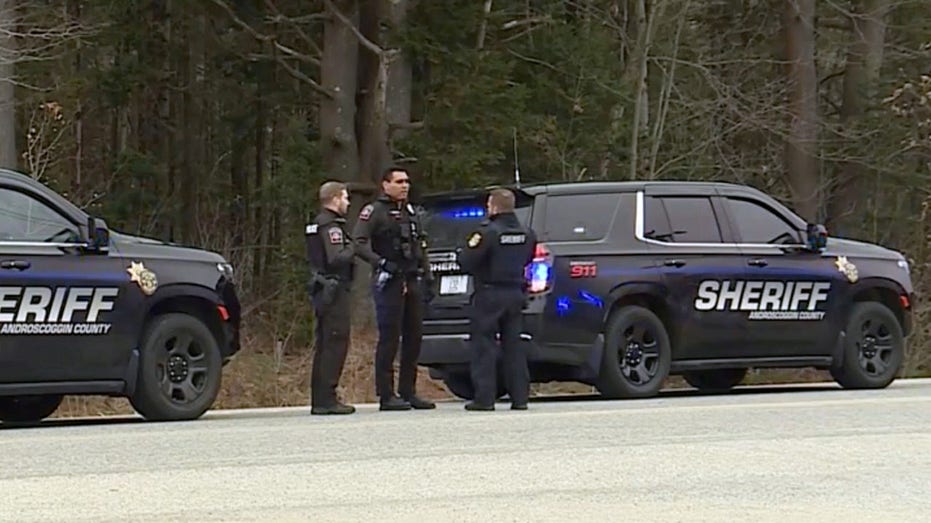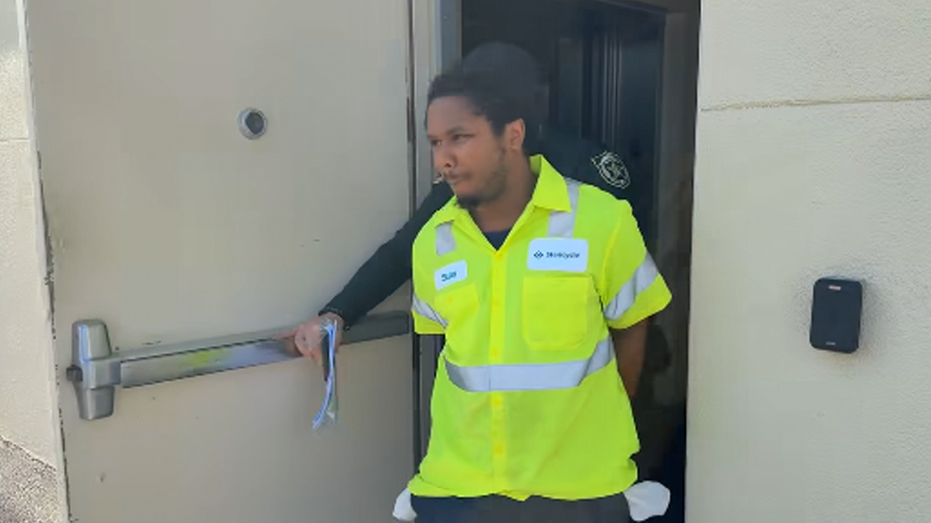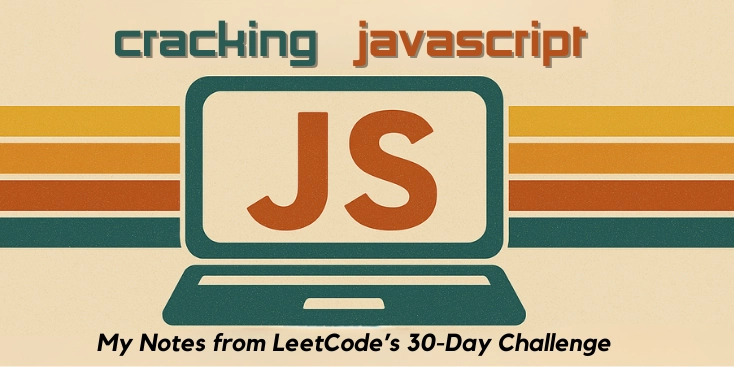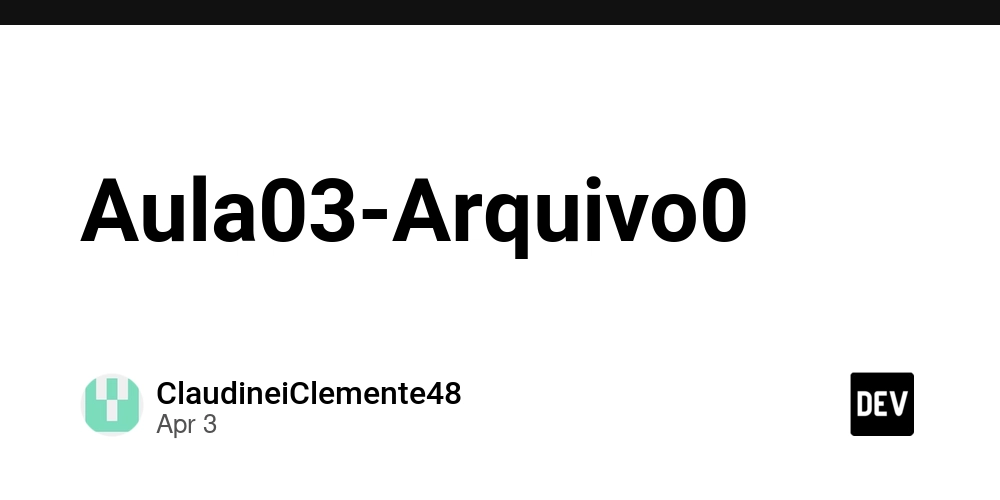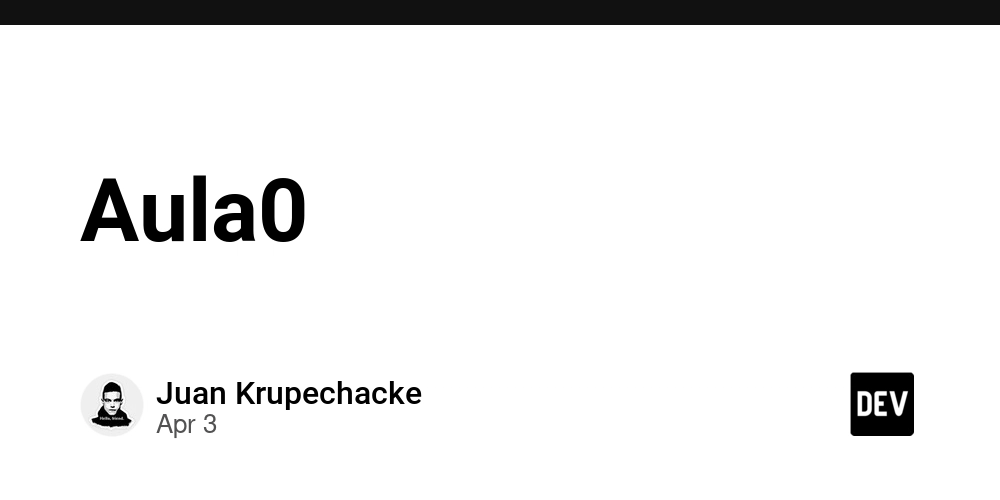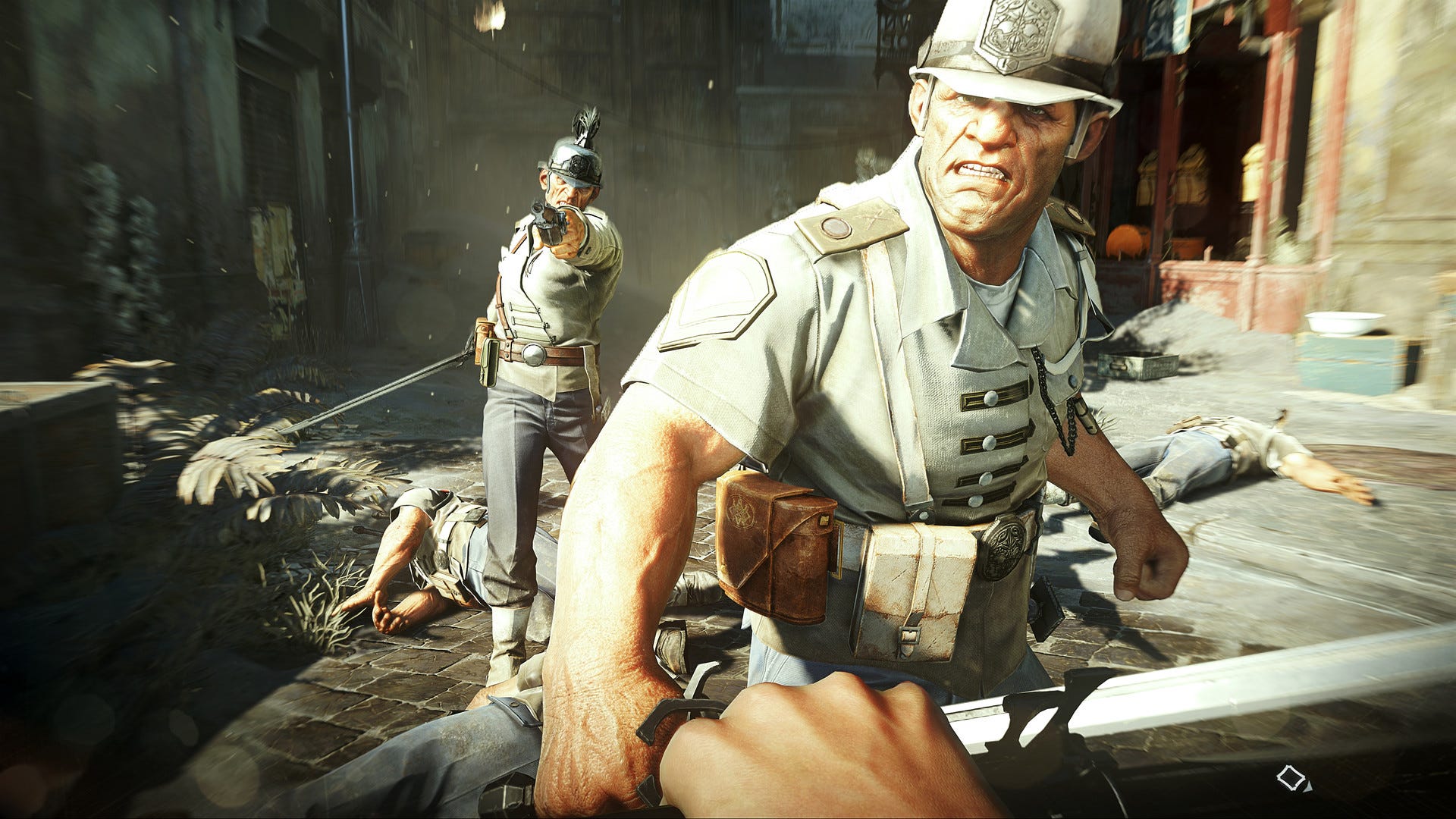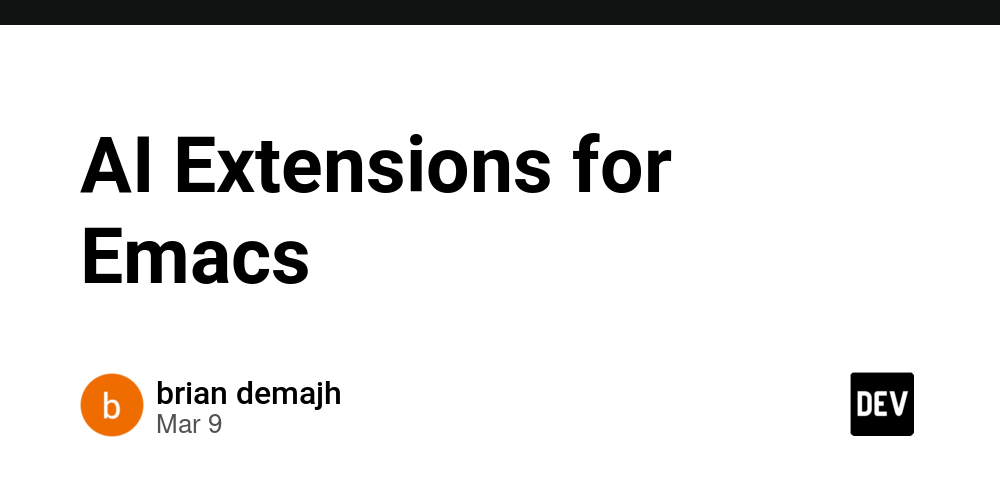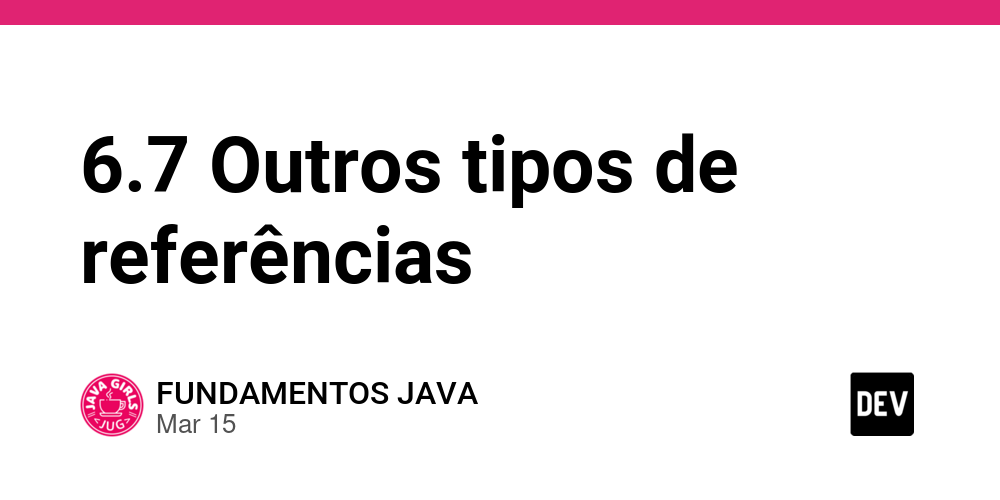Few-Shot Prompting: The Middle Ground Between Effort and Accuracy
“Show me one example, I’ll try. Show me two, I’ll learn. Give me three — I’ll pretend I was trained for it.” — A whisper from the LLM scrolls If zero-shot prompting is the clean, minimalist hack — then few-shot is the slightly messier but more reliable cousin. It’s still fast. Still elegant. But with just enough context to make the model go, “Ah, I see what you’re doing.” Let’s talk about few-shot prompting — the underrated middle ground between writing an essay and doing nothing at all. When Zero-Shot Isn’t Enough Sometimes you ask the model to do something, and it gives you a shrug disguised as an answer. It technically responds, but the structure is off. The tone? Weird. Or maybe it just missed the point entirely. That’s where few-shot prompting comes in. Few-shot prompting is the art of providing a handful of curated examples to nudge the model in the right direction. You’re not training it — you’re guiding it. Think of it like giving the model a few pieces of a puzzle and letting it guess the rest. This approach works particularly well when zero-shot falls short — when the instructions alone don’t fully capture the nuance or format you’re after. ✍️ What Does Few-Shot Look Like? Here’s a simple before & after to show the difference: Zero-shot: Convert this sentence to passive voice: "The cat chased the mouse." Few-shot: Convert these sentences to passive voice: "The dog bit the man." → "The man was bitten by the dog." "The teacher praised the student." → "The student was praised by the teacher." "The cat chased the mouse." → That last arrow is where the model fills in. It sees the structure, tone, and format. It understands what’s expected — not just based on training data, but from your examples. ⚖️ Why Few-Shot Works LLMs aren’t mind readers — they’re probabilistic guessers. Every output they generate is based on likelihoods. By feeding them examples, you're tilting those probabilities toward the outcome you want. Few-shot prompting helps in: Shaping output style and structure Minimizing randomness in the response Aligning tone with user expectations Enabling customization without retraining Think of it like setting the mood in a conversation — the model picks up on your tone, pacing, and priorities based on what you've already said. Try This: Few-Shot in Action Few-shot prompting shines when your task is clear but nuanced. Here’s how to use it for structured classification and data transformation. Begin your prompt with a crystal-clear instruction to set the expectation for the model: **Task:** Extract structured task objects from natural language reminders and return them in JSON format with appropriate fields like `task`, `date`, `time`, and `deadline`. Input: "Remind me to review the pull request tomorrow at 10 AM" Output: { "task": "review the pull request", "date": "tomorrow", "time": "10:00 AM" } Input: "Email the client by Friday about the updated proposal" Output: { "task": "Email the client", "date": "Friday", "time": null } Input: "Schedule a meeting with the design team day after tomorrow at 8 pm and today is monday" Output: Each example helps the model understand the shape of your output — and gives it less room to hallucinate or wander. Best Practices To make few-shot prompting work consistently: Be consistent in formatting. If one example ends with a period and the other with an emoji, the model might get confused. Keep examples short but clear. Don’t overcomplicate. Avoid mixing intentions. If one prompt is casual and another formal, your results may swing wildly. Use natural sequences. If your output looks like a list, format it like one. Models are good at imitation — not improvisation. ⚠️ When It Doesn’t Work Few-shot isn’t a silver bullet. Here’s when it struggles: Lack of quality examples. If you’re unclear, the model will be too. Context window limits. Too many examples? You might eat up precious prompt space. Wrong pattern copied. Models latch onto what’s repeated — even your mistakes. No reasoning baked in. You’ll need chain-of-thought if the task demands step-by-step logic. So yes — few-shot prompting is great. But don’t expect it to solve every prompt problem. Rule of Thumb Use zero-shot for broad, well-known tasks. Use few-shot when you care about how something is said, not just what is said. Still not enough? Hang tight — chain-of-thought prompting is coming next. Until then, remember: a little context goes a long way. “A single example is worth a thousand tokens of explanation.” — probably someone, somewhere
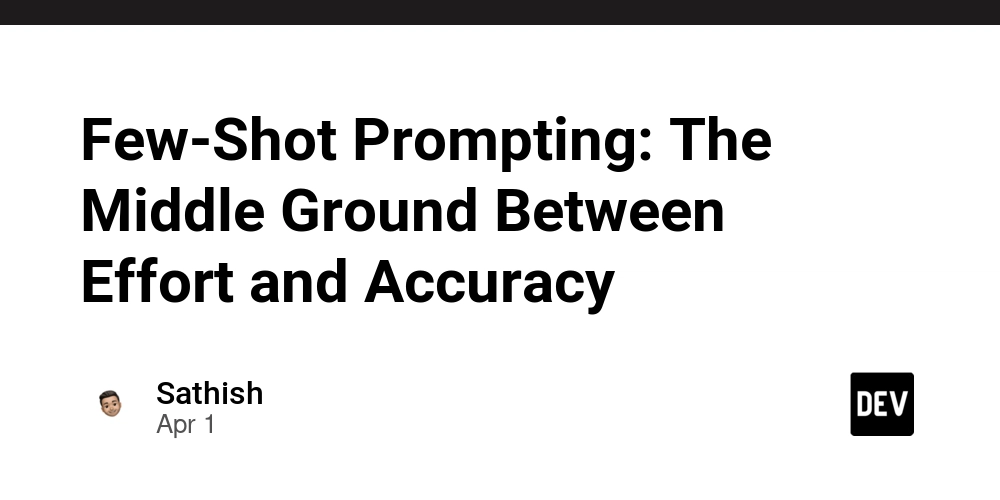
“Show me one example, I’ll try. Show me two, I’ll learn. Give me three — I’ll pretend I was trained for it.”
— A whisper from the LLM scrolls
If zero-shot prompting is the clean, minimalist hack — then few-shot is the slightly messier but more reliable cousin. It’s still fast. Still elegant. But with just enough context to make the model go, “Ah, I see what you’re doing.”
Let’s talk about few-shot prompting — the underrated middle ground between writing an essay and doing nothing at all.
When Zero-Shot Isn’t Enough
Sometimes you ask the model to do something, and it gives you a shrug disguised as an answer. It technically responds, but the structure is off. The tone? Weird. Or maybe it just missed the point entirely.
That’s where few-shot prompting comes in.
Few-shot prompting is the art of providing a handful of curated examples to nudge the model in the right direction. You’re not training it — you’re guiding it. Think of it like giving the model a few pieces of a puzzle and letting it guess the rest.
This approach works particularly well when zero-shot falls short — when the instructions alone don’t fully capture the nuance or format you’re after.
✍️ What Does Few-Shot Look Like?
Here’s a simple before & after to show the difference:
Zero-shot:
Convert this sentence to passive voice: "The cat chased the mouse."
Few-shot:
Convert these sentences to passive voice:
"The dog bit the man." → "The man was bitten by the dog."
"The teacher praised the student." → "The student was praised by the teacher."
"The cat chased the mouse." →
That last arrow is where the model fills in. It sees the structure, tone, and format. It understands what’s expected — not just based on training data, but from your examples.
⚖️ Why Few-Shot Works
LLMs aren’t mind readers — they’re probabilistic guessers. Every output they generate is based on likelihoods. By feeding them examples, you're tilting those probabilities toward the outcome you want.
Few-shot prompting helps in:
- Shaping output style and structure
- Minimizing randomness in the response
- Aligning tone with user expectations
- Enabling customization without retraining
Think of it like setting the mood in a conversation — the model picks up on your tone, pacing, and priorities based on what you've already said.
Try This: Few-Shot in Action
Few-shot prompting shines when your task is clear but nuanced. Here’s how to use it for structured classification and data transformation. Begin your prompt with a crystal-clear instruction to set the expectation for the model:
**Task:** Extract structured task objects from natural language reminders and return them in JSON format with appropriate fields like `task`, `date`, `time`, and `deadline`.
Input: "Remind me to review the pull request tomorrow at 10 AM"
Output: {
"task": "review the pull request",
"date": "tomorrow",
"time": "10:00 AM"
}
Input: "Email the client by Friday about the updated proposal"
Output: {
"task": "Email the client",
"date": "Friday",
"time": null
}
Input: "Schedule a meeting with the design team day after tomorrow at 8 pm and today is monday"
Output:
Each example helps the model understand the shape of your output — and gives it less room to hallucinate or wander.
Best Practices
To make few-shot prompting work consistently:
- Be consistent in formatting. If one example ends with a period and the other with an emoji, the model might get confused.
- Keep examples short but clear. Don’t overcomplicate.
- Avoid mixing intentions. If one prompt is casual and another formal, your results may swing wildly.
- Use natural sequences. If your output looks like a list, format it like one.
Models are good at imitation — not improvisation.
⚠️ When It Doesn’t Work
Few-shot isn’t a silver bullet. Here’s when it struggles:
- Lack of quality examples. If you’re unclear, the model will be too.
- Context window limits. Too many examples? You might eat up precious prompt space.
- Wrong pattern copied. Models latch onto what’s repeated — even your mistakes.
- No reasoning baked in. You’ll need chain-of-thought if the task demands step-by-step logic.
So yes — few-shot prompting is great. But don’t expect it to solve every prompt problem.
Rule of Thumb
- Use zero-shot for broad, well-known tasks.
- Use few-shot when you care about how something is said, not just what is said.
Still not enough? Hang tight — chain-of-thought prompting is coming next.
Until then, remember: a little context goes a long way.
“A single example is worth a thousand tokens of explanation.” — probably someone, somewhere
